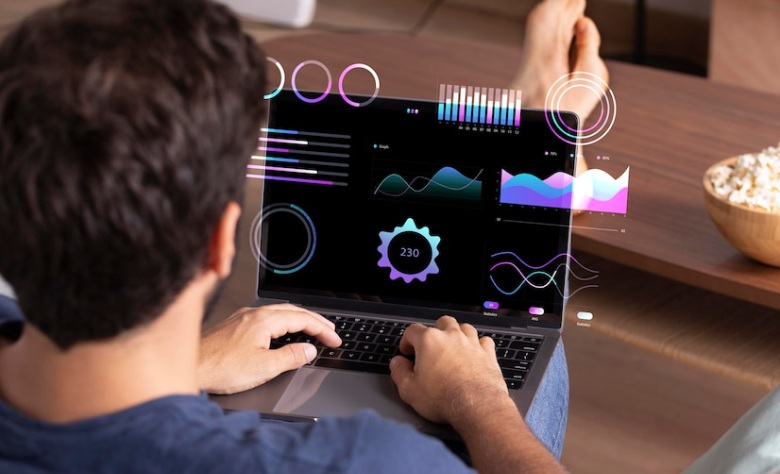
User Interface Design Guidelines: 10 Essential Rules To Follow
The user interface is the most important factor of any application and website that directly affects the user experience. A brilliant application without an ideal user interface will not meet its true potential, and users will cease to download it. Nowadays, everything is available online; people are moving to online platforms, which is leading to fierce competition, as new applications and websites are being launched to capture the market share and lure the audience toward using their solutions in the realm of tough competition, it becomes essential to pay attention to every factor of development. The user interface is a primary one among them. So, in this post, we will discuss the 10 essential rules to follow while designing the user interface for any application or website.
1. Cover All Bases
The primary rule is to cover all bases to avoid any reliance on external assistance to complete any task. One should design the interface while taking care of every possible scenario that a user may encounter or want to use the application in a particular manner. Restricting the legitimate demands of users will increase the dependency on third-party solutions and lead to a smaller user base.
2. Keep The Design Minimal
Minimalism is the key to attractiveness. Many, many things divert your attention, while often, a simple thing looks charming and beats the overwhelming and irrelevant graphics. It is important to keep the user interface clean and free from unnecessary material that makes using the application difficult for the intended users.
3. Provide Clear Instructions
Clear instructions are necessary to make an application user-friendly. Sometimes, to make an application look attractive, developers include unnecessary features that unintentionally make it hard for users to operate the application. So, it is important to provide a clear set of instructions to users and applications that are easy to use.
4. Make System Status Visible
Make sure system status is visible to users in the form of the status bar, notifications, and process tracking systems, providing precise information to users, making them make informed decisions, and empowering them to adjust things accordingly. They appreciate it by sharing genuine feedback about the application, which ultimately helps developers to improve the digital solution.
5. Provide Dark Mode
With the excess usage of mobile phones and other digital devices, the dark mode has become an essential feature, as not in a day; people use their devices excessively at night, which causes multiple vision-related problems, enabling dark mode to reduce eye strain and the negative impact of using smart devices has become a common practice. So, make sure your digital solution supports dark mode.
6. Maintain Consistency
Users become habitual of an interface and don’t want to change it altogether; if you are introducing new updates, make sure it doesn’t completely change the feel and look of the digital product, as it can cause discomfort to existing users, and eventually lead to decrease in user base. While updating the application, make sure you make minimal changes to buttons, menus, icons, and other similar things.
7. Micro-Interactions
Micro-interactions refer to small gestures, such as animating a single button or changing color patterns. These interactions look small but play a crucial role in elevating user experience.
8. Bring New Changes As Per User’s Requests
If a user provides genuine feedback, appreciate it, respond appropriately, and take necessary action. This is one of the best ways to design an application's user interface.
9. Give User Access
Provide application access to users from start to closing. The design should be user-friendly, allowing users to take actions according to their desired timings and not forcing them to stay longer on the application or complete some unrelated tasks before signing off.
10. Keep Flexibility That Improves Efficiency
Do not make the user interface rigid. Design a flexible user interface that allows new users to operate the application conveniently. This flexibility will convert a new user into a regular one. I remember not using many applications in the beginning because of their rigid interface. Despite being useful, a non-flexible interface can demotivate a new user to try it.
Conclusion
User interfaces play a crucial role in the functioning of any application. They are the primary mode of interaction between the software and the user, so it is vital to pay significant attention to them while designing an application. In this post, we have shared 10 essential rules to follow while creating a user interface. We hope you like reading this post and found it helpful. Please share this post with others as well.

What Do Applicants Look For in a Model Employer?








